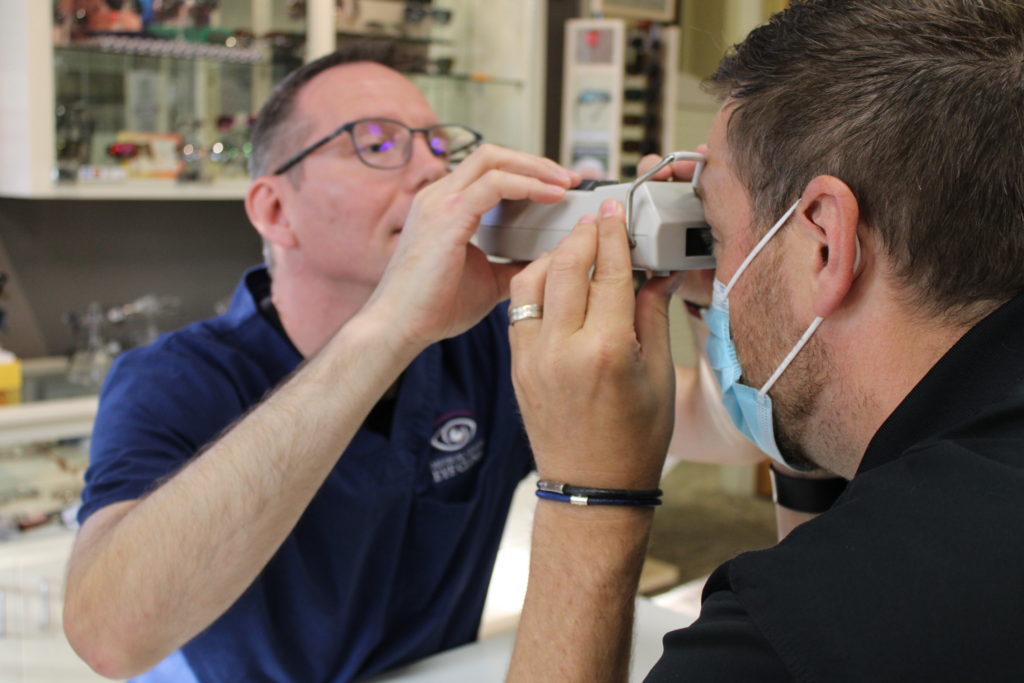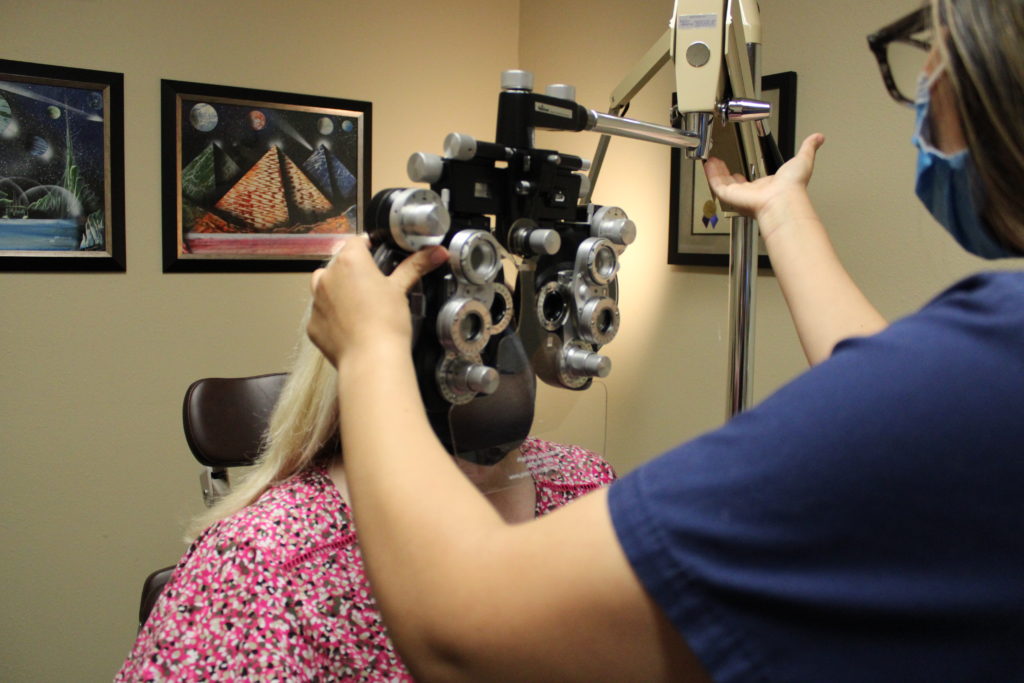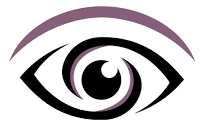Eye Health Observances
Each month, the Academy recognizes one or more observances dedicated to raising awareness about important eye health topics. If you would like to receive materials to help your outlet or organization promote these observances, contact the public relations department at media@aao.org.
Eye Health Observances
Glaucoma is a leading cause of irreversible blindness in the United States. Glaucoma has no noticeable symptoms in its early stages, and vision loss progresses at such a gradual rate that people affected by the condition are often unaware of it until their sight has already been compromised. During Glaucoma Awareness Month in January, the American Academy of Ophthalmology advises the public that the best defense against developing glaucoma-related blindness is by having routine, comprehensive eye exams.
Age-Related Macular Degeneration (AMD) is the leading cause of blindness among older Americans, but new treatments have dramatically changed the course of this disease over the last 10 years, making AMD more manageable than ever before. During AMD Awareness Month in February, the American Academy of Ophthalmology is reminding people with AMD that they can save their vision thanks to recent treatment advances, but early detection is a critical first step.
Each year, nearly 25,000 Americans visit the emergency room due to a workplace eye injury. During Workplace Eye Wellness Month this March, the American Academy of Ophthalmology reminds employers and workers about the importance of wearing certified and approved eye protection.
Each year, an estimated 100,000 people are hurt by sports-related eye injuries. About 13,500 of these injuries result in permanent vision loss. In support of Sports Eye Safety Month this April, the American Academy of Ophthalmology reminds athletes everywhere that the great majority of sports-related eye injuries can be avoided by simply wearing the proper protection.
Approximately 37 million adults in America have age-related macular degeneration, cataract, diabetic retinopathy, or glaucoma, all of which can cause visual impairment or blindness. However, recent studies show that making healthy choices and getting regular eye exams can help reduce a person’s risk of vision loss. In support of Healthy Vision Month in May, the American Academy of Ophthalmology is encouraging everyone to take charge of their eye health and preserve their sight by following some simple tips.
Americans spend hundreds of millions of dollars annually on consumer fireworks, which cause more than 9,000 injuries a year. With the Fourth of July holiday just weeks away, the American Academy of Ophthalmology is reminding the public that fireworks are not toys but incendiary devices that can cause devastating eye injuries.
Cataract is one of the leading causes of blindness in the United States. If not treated, cataracts can lead to blindness. In addition, the longer cataracts are left untreated, the more difficult it can be to successfully remove the cataract and restore vision. During Cataract Awareness Month in June, the American Academy of Ophthalmology reminds the public that early detection and treatment of cataracts is critical to preserving sight.
Studies show that long-term exposure to bright sunlight may increase the risk of cataracts and growths on the eye, including cancer. UV rays reflected off sand and water can cause eyes to sunburn, potentially resulting in temporary blindness in just a few hours. In support of UV Safety Month this July, the American Academy of Ophthalmology reminds the public of the importance of shielding eyes from the sun’s harmful rays with 100% UV-blocking sunglasses and broad-brimmed hats.
Children are susceptible to a host of vision and eye problems such as injury, infection and increased nearsightedness. In support of Children’s Eye Health and Safety Month in August, the American Academy of Ophthalmology provides information to the public that can help protect and preserve a child’s eye health for life.
One in six Americans age 65 and older have a vision impairment that cannot be corrected with glasses or contact lenses. The risk of eye disease increases with age, yet many older adults neglect to see an ophthalmologist for care. To bring attention to taking care of our eyes as we age, the American Academy of Ophthalmology celebrates Healthy Aging Month to raise awareness of the signs and symptoms of vision loss – and steps to help seniors take care of their sight.
To avoid a real-life Halloween horror story – going blind because of a costume accessory – the American Academy of Ophthalmology is warning the public against wearing costume contact lenses purchased without a prescription. These illegally sold cosmetic lenses may not be sterile and can cause a host of serious eye problems capable of morphing a fun Halloween night into a nightmare.
People with diabetes are more likely to develop blinding eye diseases, such as diabetic retinopathy, glaucoma and cataracts. Yet recent studies have revealed low awareness of the issue among ethnicities at higher risk for diabetes. With the findings signaling that many Americans may not be defending themselves against diabetes-related vision loss, the American Academy of Ophthalmology encourages those with diabetes to take proactive steps to protect their vision.
Roughly 1 in 10 children’s eye injuries that end up in the ER are caused by toys. In support of Safe Toys and Celebrations Month this December, the American Academy of Ophthalmology advises parents to be cautious when choosing holiday gifts for young people and recommends avoiding those that launch projectiles, such as crossbows and BB guns. The Academy also offers tips on how to safely open champagne to keep New Year’s celebrations from turning tragic.


